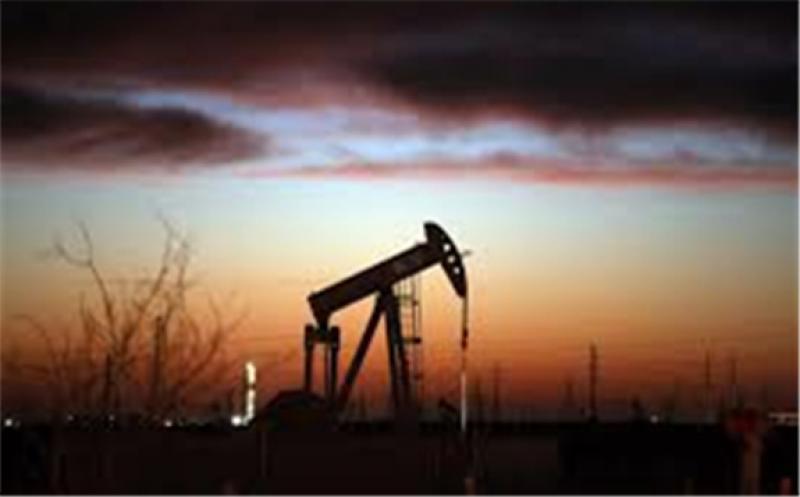A Russian pipe-laying vessel Fortuna has arrived at the construction site of the Nord Stream 2 gas pipeline in the Baltic Sea.

This is the second time a pipelayer arrived at the construction site in the last week. Pipe-laying vessel Akademik Cherskiy arrived at the site north of Germany and Poland but has since moved away and is located near Kaliningrad.
Reuters said in an article that the Fortuna arrived at the Nord Stream 2 site on Friday with work on the project set to resume. According to AIS data, there are also several procurement vessels near the site.
Gazprom and Nord Stream 2 AG did not announce which vessel would lay the pipes and when exactly works to construct the pipeline, which will run from Russia to Europe across the Baltic Sea, would restart. The only info announced by Gazprom was that the pipe-laying work would resume on the stalled 2.6-kilometre part before the end of 2020.
Work on the pipeline was halted last December when pipe-laying company Allseas suspended operations after U.S. sanctions targeted companies providing vessels to lay the pipes.
The potential resumption of activity comes after outgoing U.S. President Donald Trump, whose administration has staunchly opposed the pipeline, lost to president-elect Joe Biden in the presidential election earlier this month.
To remind, the U.S. ambassador to Berlin recently called on the German government and the European Union to put a temporary halt to construction work on the pipeline to send a signal to Moscow.
The pipeline, which Washington says compromises European energy security, has become a major bone of contention between Russia and the West and the relations between the two sunk to post-Cold War lows.
The $11 billion Nord Stream 2 project, led by Russian state energy company Gazprom and aimed at doubling the existing Nord Stream pipeline’s capacity, is more than 90 per cent complete. There are five other partners in the project – Uniper, Wintershall Dea, Shell, OMV, and Engie.
The construction of the 1,230-kilometre pipeline is nearly finished, the small section in Germany currently under contention needs to be completed as well as the final stretch of about 120 kilometres in Danish waters.
The project is designed as two parallel 48-inch lines, roughly 1,200 kilometres long, each starting southwest of St. Petersburg and ending at German coast, Greifswald. It is designed to boost the amount of Russian gas that can be shipped to Europe without having to go through Ukraine.
The gas pipelines will have the capacity to transport 55 billion cubic meters (bcm) of Russian gas a year to the EU, for at least 50 years.
This article is reproduced at www.offshore-energy.biz